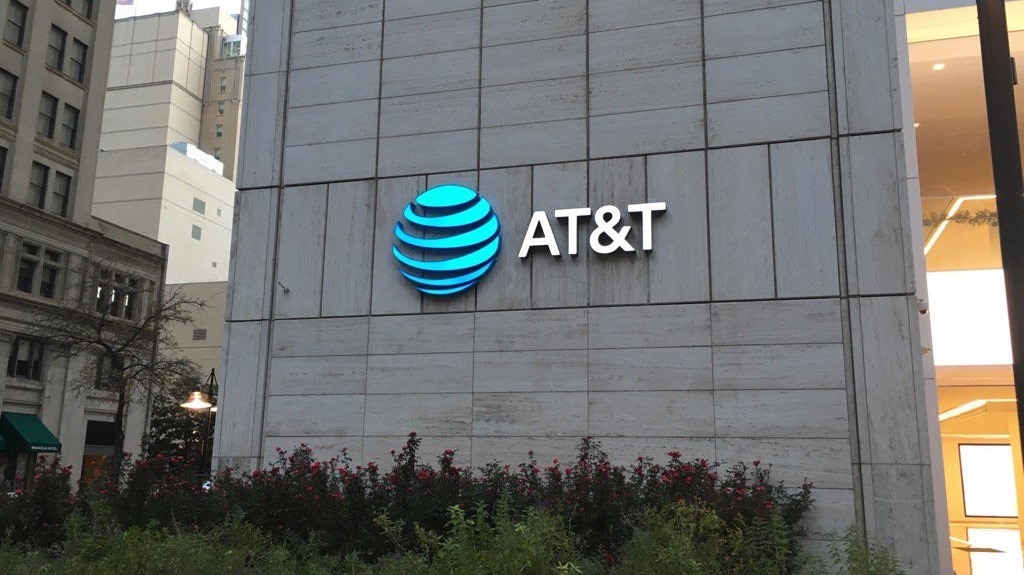
When it comes to tax policy, opponents of corporate tax cuts often say that cuts will only help those at the top: that the wealthiest employees will receive large bonuses while middle managers and those at the bottom will remain at the same wage levels, thus increasing the wage gap.
Taxation is often seen as an opportunity for government to distribute the wealth, but when given the opportunity and financial capacity, corporations can do the same, and have the opportunity to do it in a way that grows the economy much more efficiently. Many question if this reinvestment will actually occur, and more specifically, if the newly passed 2018 tax plan will actually help those who are often considered the demographic least likely to benefit from lower corporate taxes.
Contrary to such concerns, we are already seeing large corporations with plans to take the added revenue and reinvest it — whether to grow their companies or pass it along more directly through employee bonuses and wages.
According to CNBC’s Liz Moyer, Fifth Third Bancorp and Wells Fargo have already spoken of boosting their minimum wage for employees to be $15 per hour, as well as providing bonuses to many employees. AT&T has said it will increase its capital spending budget by $1 billion. Companies have also spoken about increasing their donations to community and non-profit organizations in the coming year. With more money in the bank, these companies are able to use it not only for bonuses and wage increases for their employees, but also for reinvesting and expanding the economy.
Companies that hope to create a flourishing community with thriving employees see the importance of investing in workers through bonuses and increased wages, while also using the increased revenue to reinvest in the company and expand the economy. When companies have more financial freedom due to reduced taxation, they distribute the funds in ways that create the highest return for all. The wealthiest of the world understand that simply saving money and taking it for themselves is not how they (or anyone else) gets rich. Taking earned revenue and reinvesting some, or all, of it in the product, capital, or employees is where the greatest returns on investment are seen.
Although every penny gained by the latest tax cut may not make it down to the entry-level employees, we are sure to see a vast number of benefits reaching those who have been said to not benefit at all from such plans.
Image: New AT&T Logo, Luismt94, (CC BY-SA 4.0)

